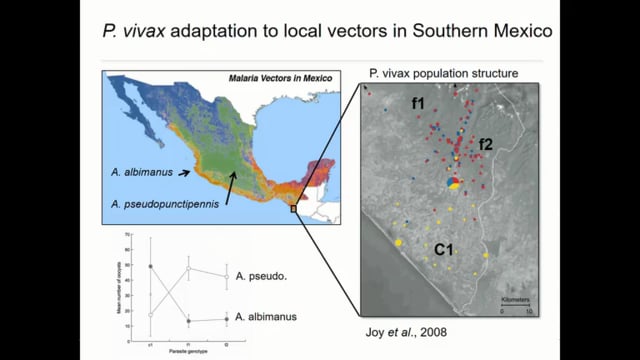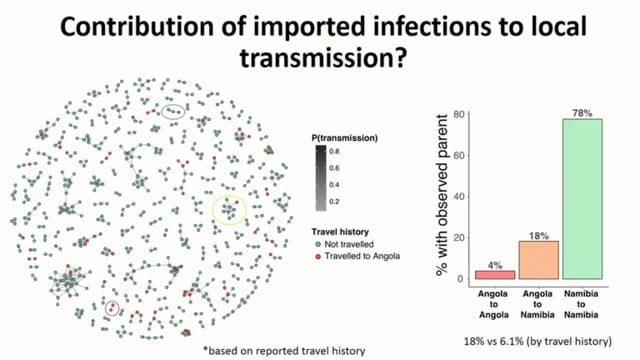ASTMH 2016, Alvaro Molina-Cruz: “Plasmodium falciparum Pfs47 genetic diversity in field collected Anopheles gambiae and Anopheles coluzzi from Mali, Africa”
Collaborator(s): National Institutes of Health (NIH) United States, United States
Countries: Mali
Published: 16/11/2016
In collaboration with ASTMH, Image Audiovisuals, and session presenters, MESA brings you this webcast from the 65th ASTMH annual meeting in Atlanta, November 2016.
Title: “Plasmodium falciparum Pfs47 genetic diversity in field collected Anopheles gambiae and Anopheles coluzzi from Mali, Africa”
Speaker: Alvaro Molina-Cruz, NIH, USA
Session information: Scientific Session 144: “Mosquitoes: Molecular Genetics and Genomics”
Wednesday, 16 November, 1:45 – 3:30, Marriott – Room A602
Abstract:
The anopheline immune system has the capacity to mount effective antiplasmodial responses. We have shown previously that Pfs47 is required by Plasmodium falciparum to evade the anopheles immune system, which can be an important barrier for the adaptation of the parasite to different vectors. Adaptation of P. falciparum to evolutionary distant anophelines appears to involve natural selection of compatible Pfs47 haplotypes. Pfs47 presents high genetic diversity in Africa and strong geographic structure at continental level worldwide, consistent with natural selection of the gene by different anophelines. Here we test whether Pfs47 may be differentially selected by sympatric African malaria vectors. We studied Pfs47 genetic diversity being transmitted by An. gambiae and An. coluzzi in a small region of Mali. Pfs47 was genotyped in a total of 150 sporozoite-infected mosquitoes collected throughout the year. Multiple Pfs47 haplotypes were detected in 26% of the mosquitoes. A high diversity of Pfs47 was detected (11 haplotypes) with 2 haplotypes accounting for 73% of the P. falciparum infected mosquitoes. Temporal analysis of haplotype distribution showed Pfs47 haplotype present diversity throughout the year in both species of mosquitoes. The most frequent Pfs47 haplotypes were present in both An. gambiae and An. coluzzi, but there were some differences in the frequency between both species. An. gambiae and An. coluzzi don’t appear to be genetically distant to cause major differential selection of Pfs47 haplotypes.
THEMES: Basic Science | Vector Control



